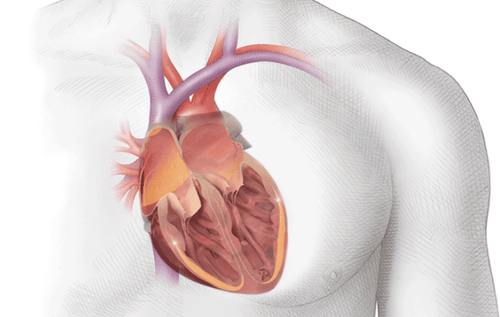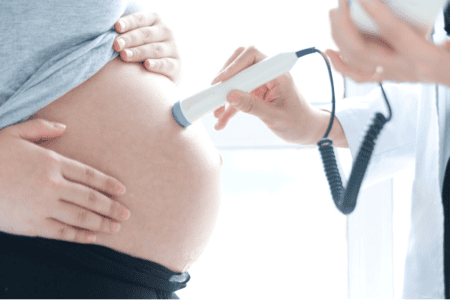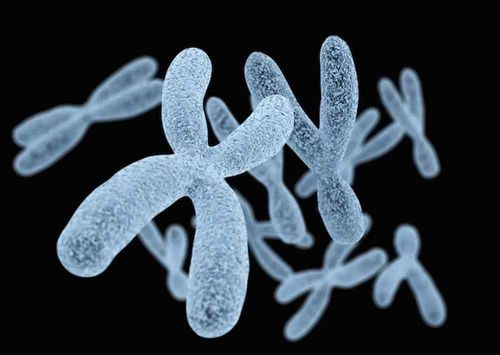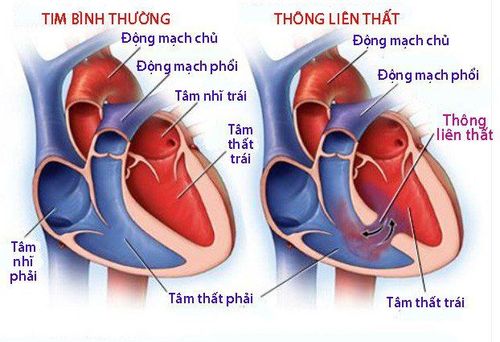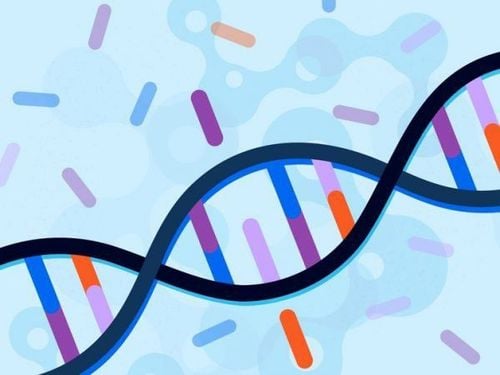This is an automatically translated article.
Article by Dr. Ly Thi Thanh Ha - Medical Genetics Division, Vinmec High-Tech Center.Newborn Screening (NBS) is a public health program that screens newborns soon after birth for treatable, but not clinically apparent, conditions in infancy.
1. What is the purpose of newborn screening?
The purpose of neonatal screening is to identify infants at risk for these conditions early enough to confirm the diagnosis and provide interventions that alter the clinical course of the disease and prevent or improve these conditions. clinical manifestations.
NBS was first introduced as a public health program in the United States in the early 1960s and has since expanded to countries around the world. The first case of NBS began with the discovery that the amino acid disorder phenylketonuria (PKU) can be treated with dietary modifications and requires early intervention for best outcomes. Infants with PKU appear normal at birth, but are unable to metabolize the essential amino acid phenylalanine, resulting in irreversible intellectual disability.
In the 1960s, Robert Guthrie developed a simple method using a bacterial inhibition test that could detect high levels of phenylalanine in the blood shortly after a child is born. Guthrie also pioneered blood collection on easily transportable filter paper, seeing the need for a simple system if screening were to be carried out on a large scale. Newborn screening around the world is still done using the same filter paper.
Screening programs are usually run by state or national regulatory agencies with the goal of screening all newborns for a definite panel of treatable disorders Okay. The number of diseases screened is determined by each region and can vary greatly because each disease has a different regional nature. Most NBS tests are performed by measuring metabolites or enzyme activity in whole blood samples collected on filter paper. Some NBS programs include bedside tests to test hearing using automatic auditory brainstem responses and congenital heart defects using pulse oximetry. Infants that are screened positive will undergo further testing to determine if they are indeed affected by a certain illness or if the test result is a false positive. Follow-up testing is usually coordinated between the geneticist and the infant's pediatrician or primary care physician.
Newborn screening has expanded since the introduction of the PKU test in the 1960s, but can vary greatly from country to country. In 2011, the US screened for 54 diseases, Germany for 12, the UK for disease 2 (PKU and medium chain acyl-CoA dehydrogenase deficiency (MCADD)), while France and Hong Kong only screened for disease. screening for a disease (PKU and congenital hypothyroidism, respectively). The categories of diseases covered in screening programs are based on regulatory requirements for screening programs, the prevalence of certain diseases in the population, and the availability of resources for both testing and monitoring of patient has been identified.

Sàng lọc sơ sinh giúp phát hiện sớm một số bệnh ở trẻ sơ sinh
Because newborn screening programs check for a number of conditions, several testing methods are used, as well as screening for possible bedside hearing loss using auditory potentials and heart defects congenital using pulse oximetry.
Newborn screening began using simple bacteriostatic tests to screen for a single disorder, starting with phenylketonuria in the early 1960s. With this test, Newborn screening requires a test to detect a condition. As mass spectrometry becomes more widely available, this technology allows the rapid determination of certain acylcarnitines and amino acids from a dried blood stain. This increases the number of pathologies that can be detected by newborn screening. Enzyme tests are used to screen for galactosemia and biotinidase deficiencies. Immunoassay for thyroid hormone for the diagnosis of congenital hypothyroidism and 17α-hydroxyprogesterone for the diagnosis of congenital adrenal hyperplasia. Molecular techniques are used to diagnose cystic fibrosis and severe combined immunodeficiency.
To ensure a healthy fetus throughout pregnancy and until birth will be examined, a full newborn screening test helps to assess the health of the baby and parents feel secure during the process. childcare. The maternity care package at Vinmec International General Hospital provides pregnant women with the process of examining and monitoring the health of both mother and fetus before - during - after birth, including full benefits of visiting examine and check the health of the mother during pregnancy and the baby immediately after birth will be injected with vitamin K, perform newborn screening tests, and assess the baby's health status. Along with that, 1 month after birth, mother and baby will be re-examined with a leading obstetrician and pediatrician.
In particular, before conducting newborn screening, the family will be consulted for understanding and consent to participate. If the newborn screening results are high-risk, the doctor will provide full instructions, meet face-to-face counseling, discuss interim measures while waiting for the results of the diagnosis. In some special cases, Vinmec High-Tech Center will coordinate with a number of large centers in Vietnam to get the most accurate diagnosis results for children.
Some diseases detected after newborn screening will have to be monitored for a lifetime, Vinmec will be the place to support parents in monitoring their baby's every step in the development and maturation process. Therefore, parents can be completely assured when choosing Vinmec as a place to welcome and take care of their baby comprehensively.
Please dial HOTLINE for more information or register for an appointment HERE. Download MyVinmec app to make appointments faster and to manage your bookings easily.





